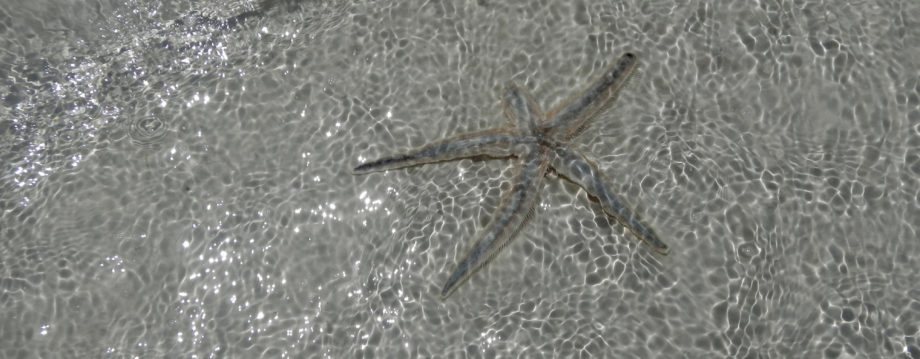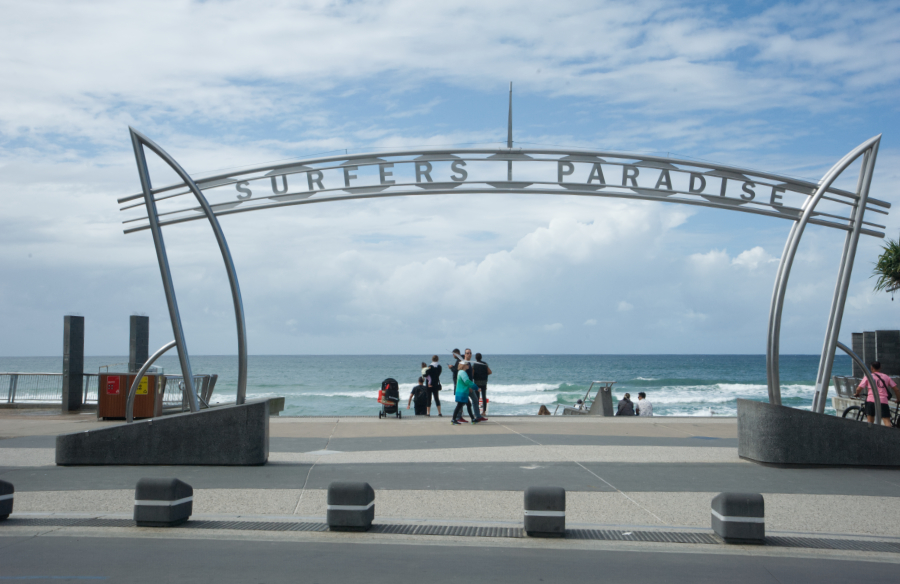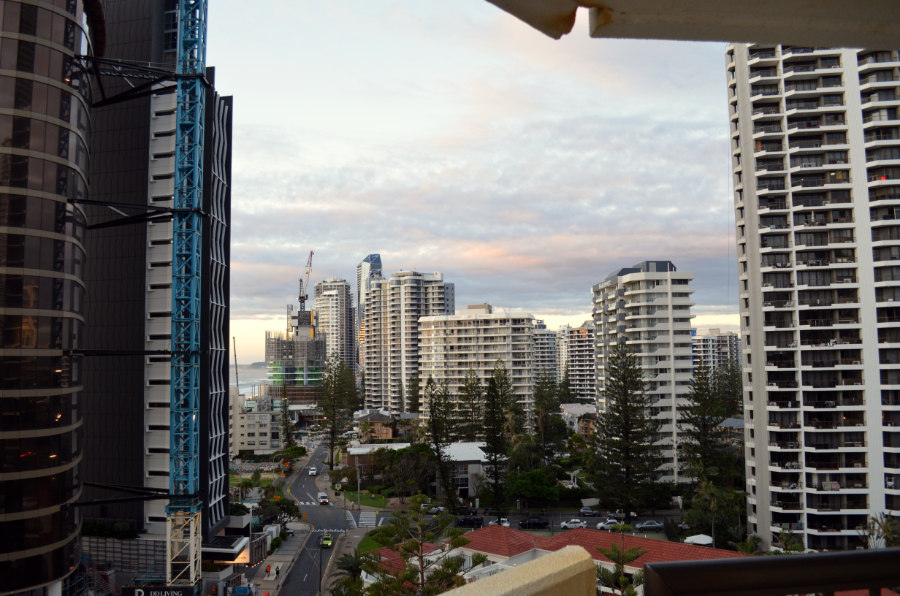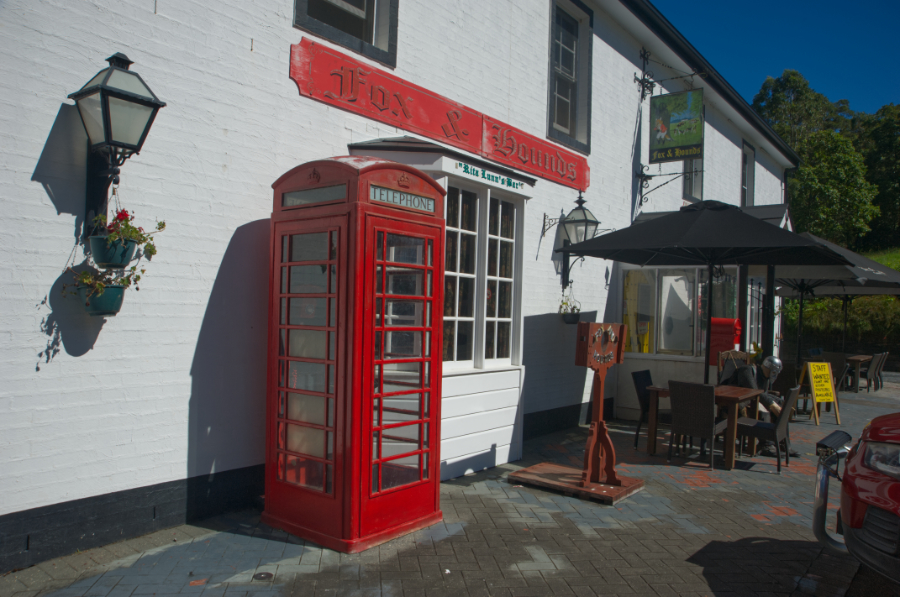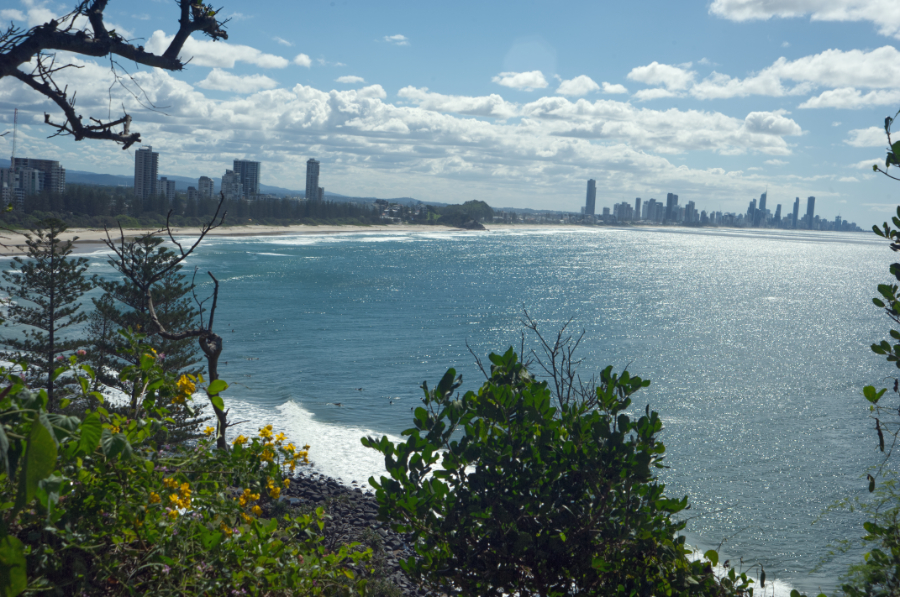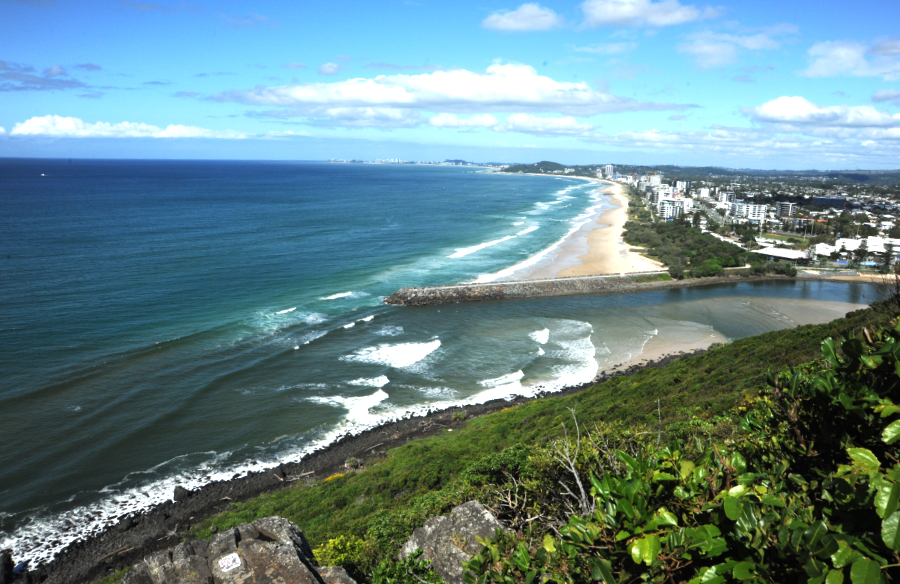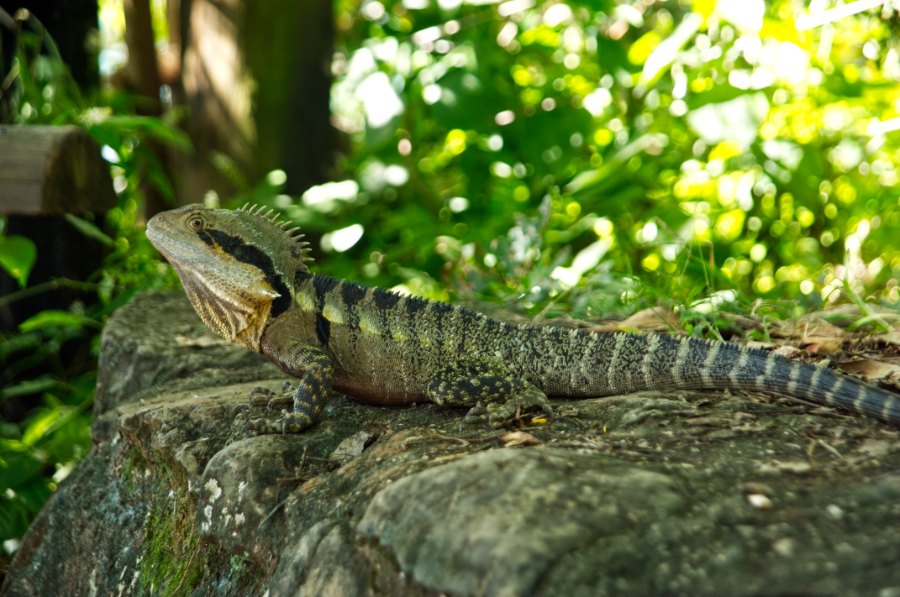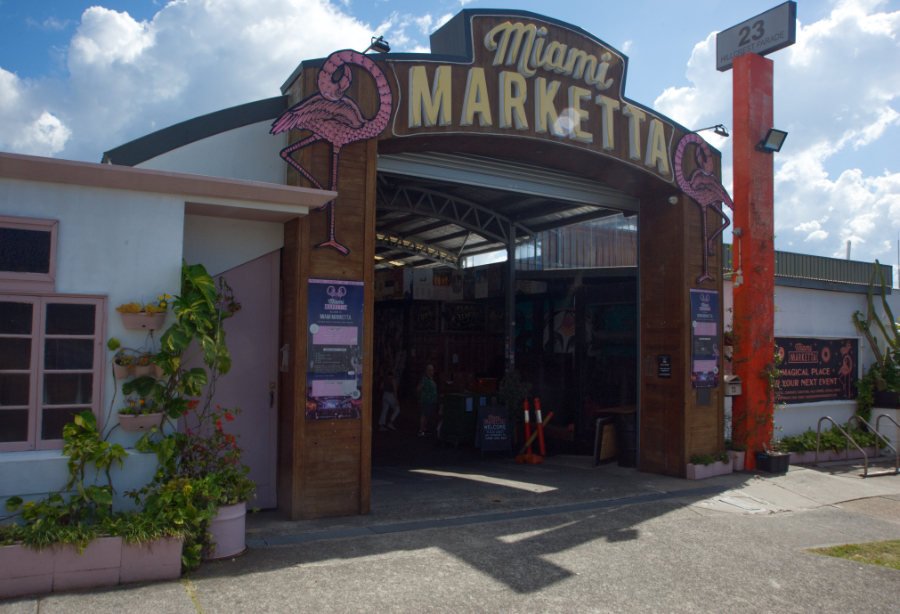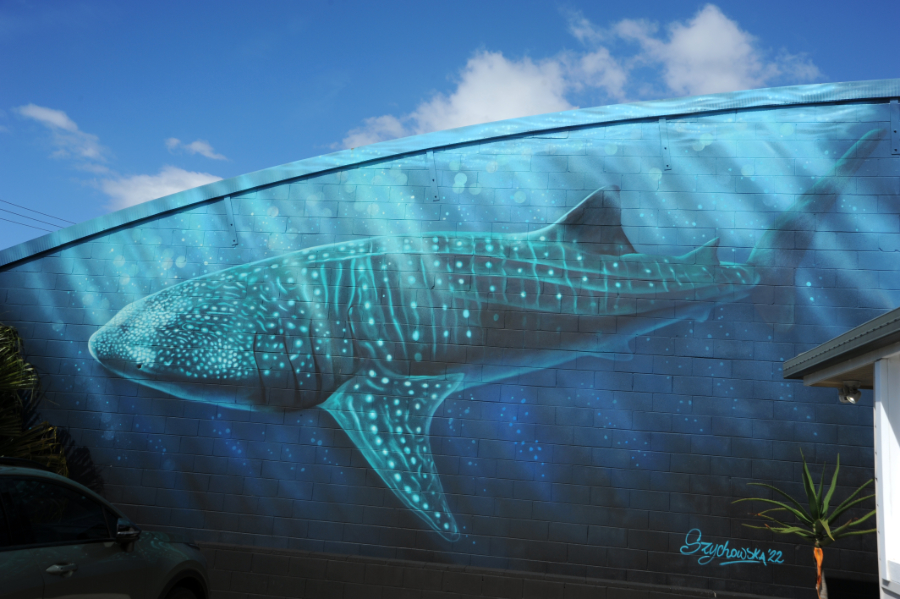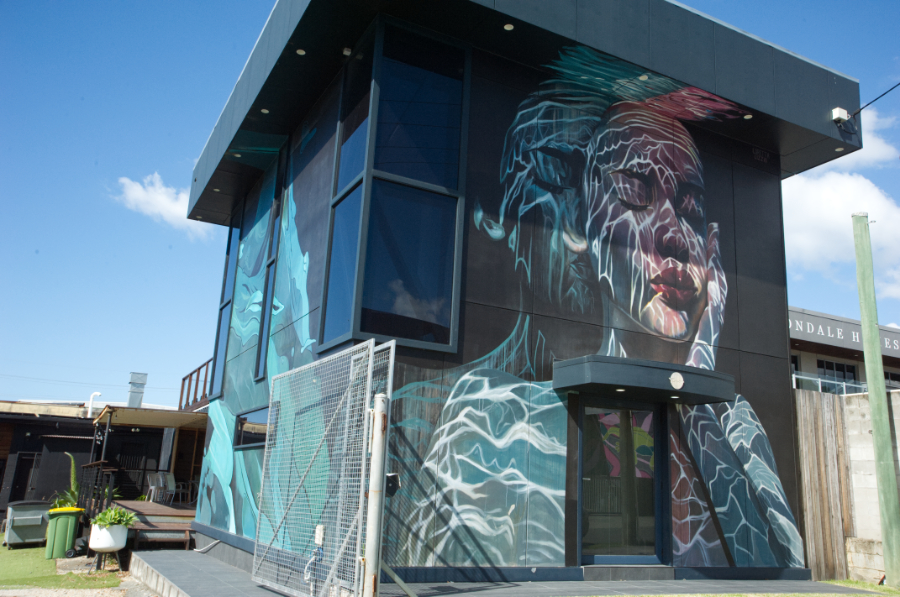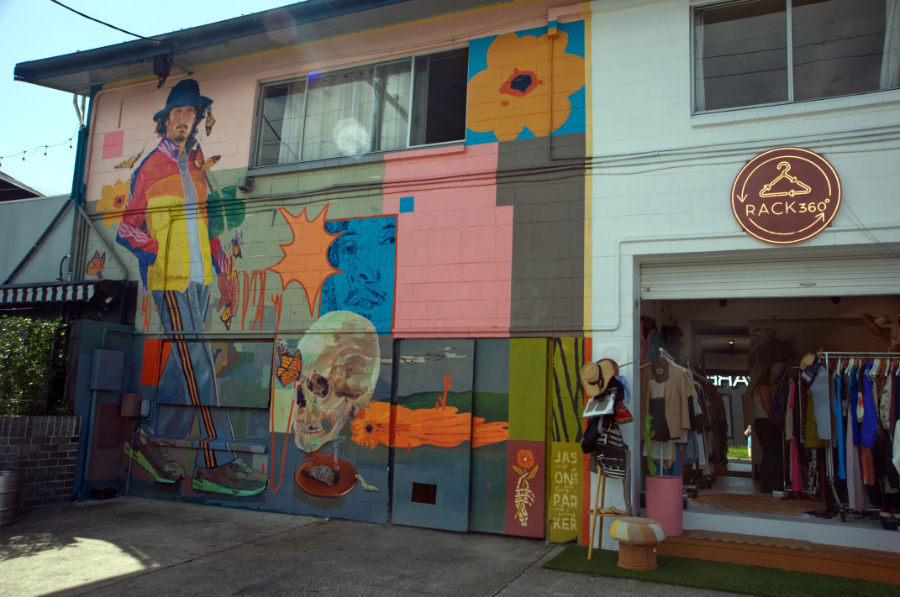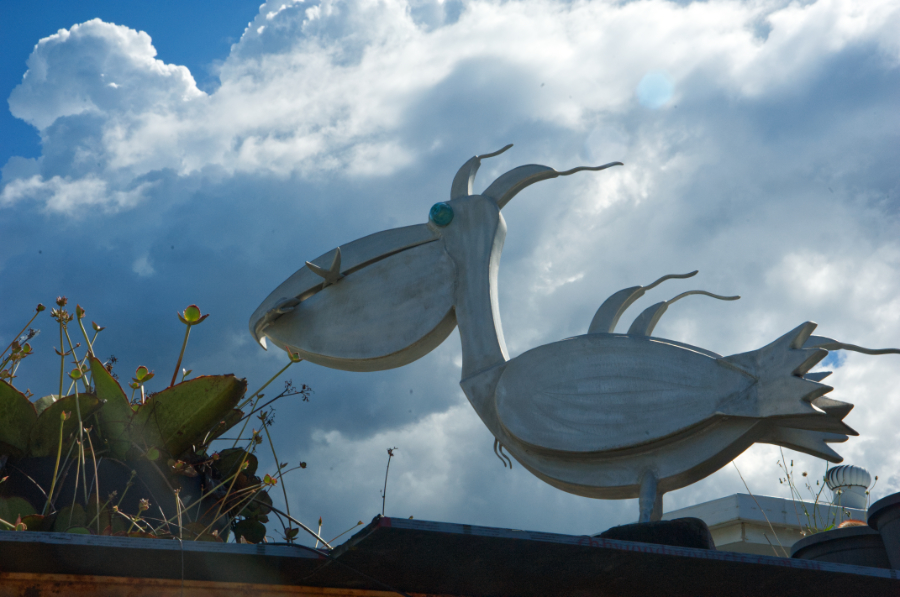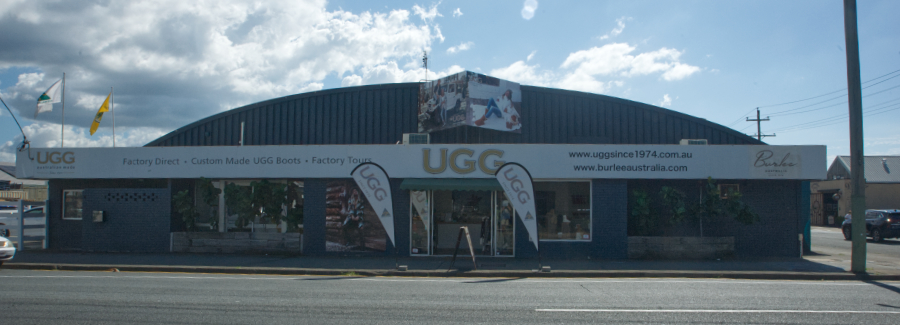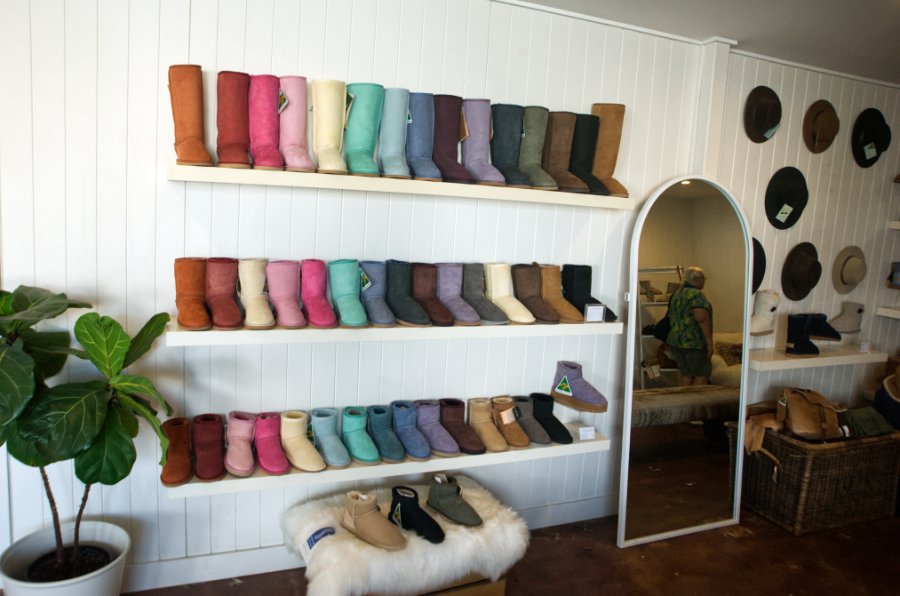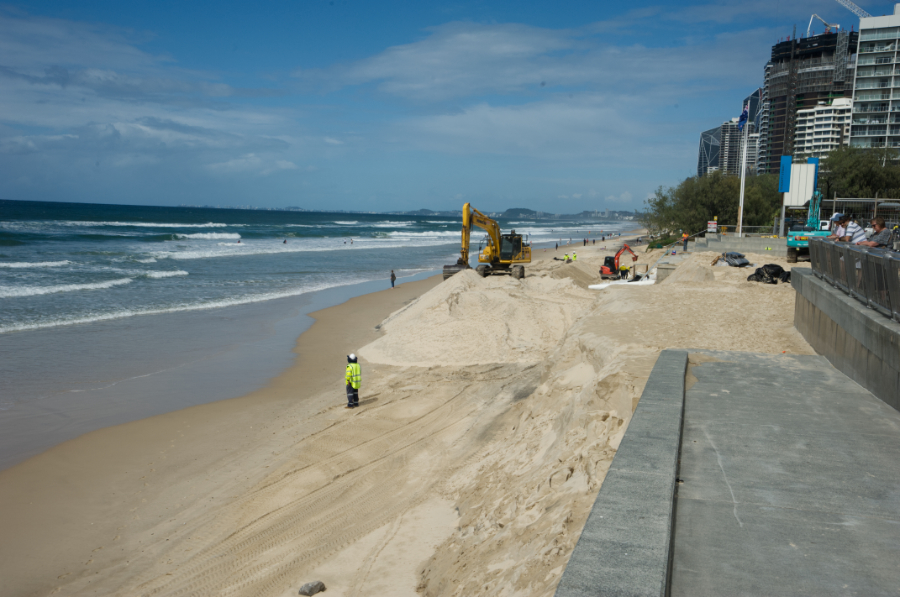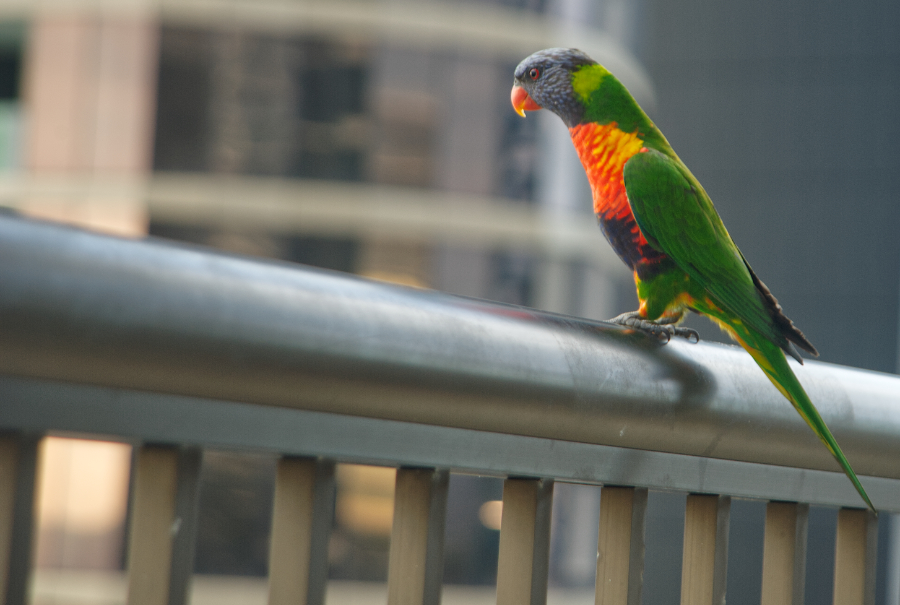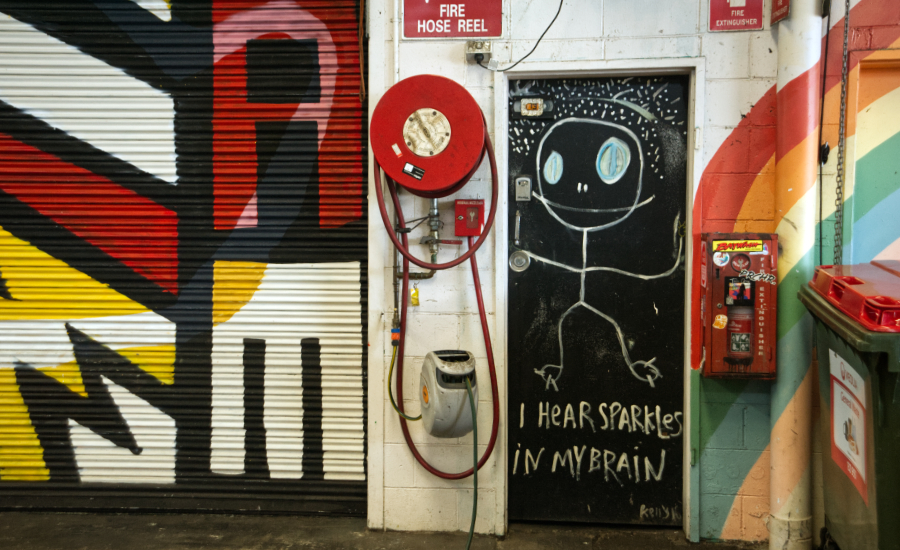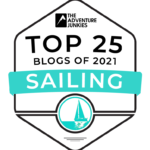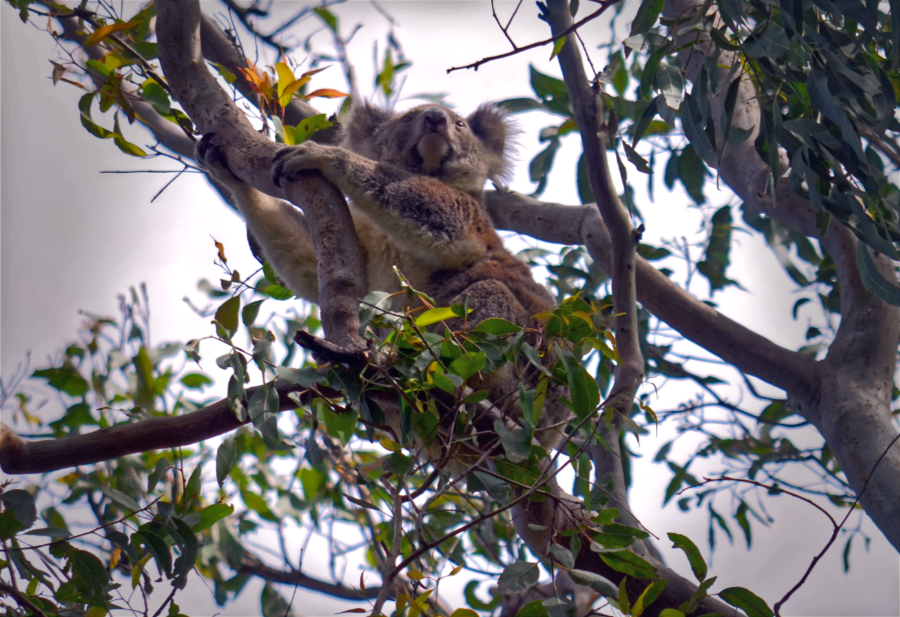
Our tour guide was very excited. This little guy was awake and hungry. She claimed this is the most active you will ever see of a Koala
Guess what we saw in the wild? Koala bears. Not just one, not two—we saw eleven of those eucalyptus-munching fuzzballs. Seeing koalas in their natural habitat has always been on our Australia bucket list. And now:
✔️ Koalas.
✔️ Kangaroos.
✔️ Emus (okay, they weren’t originally on the list, but we’re claiming them anyway).
How cools is that? Seeing Koalas in the wild was something we both really wanted to experience while in Australia. So, Cindy put together an awesome eco-tour. The company running the tour was quite a bit south of us, so she combined it with a trip to Australia’s Gold Coast and a few nights in an Airbnb. Let’s be honest—anyone can see animals in sanctuaries or zoos. Some even have petting experiences, for a fee. But why travel all the way to Australia only to see indigenous animals in captivity? We could do that without traveling to the other side of the world.
The eco-tour started early. We got very lucky with the weather—rain was forecasted, which is always a risk when you’re making outdoor reservations. The tour had to be booked weeks in advance, so we had no idea what conditions we’d face. At one point, things looked bleak. But, like most forecasts, it changed. The rain was pushed to the evening. Perfect!
Our tour group was small and included a young couple from England on a three-week holiday. They had the same goal as us: to see koalas in their natural environment. At one point, while staring up into a tree with a couple of koalas sound asleep, we all agreed—this was better than any zoo experience.
A few things about koalas: they sleep a lot—more than any other animal on the planet. Most sleep 22 hours a day. I would have guessed sloths, but they come in a close second at 21 hours. About 80% of koalas are affected by chlamydia, which can cause reproductive issues, UTIs, and even blindness. It’s passed on to the joeys (babies) at birth and may or may not become a problem later in life.
They get 100% of their nutrition from eucalyptus leaves—including their water intake. So, they rarely drink. Let’s talk about this for a minute.
Eucalyptus leaves are toxic to most animals. Koalas have a specialized digestive system—a long cecum and unique gut microbes—that detoxifies and digests them. But even then, eucalyptus is a poor source of protein and energy. That’s why koalas sleep so much: to conserve energy. Of over 600 eucalyptus species, they only eat from about 30–50, showing strong preferences for types with better nutritional profiles or lower toxicity.
A myth says eucalyptus leaves make koalas “high,” similar to how THC affects humans. Let’s face it—they do appear stoned most of the time. But the truth is, the leaves don’t intoxicate them. Their slow, sleepy behavior is simply a result of their low-energy diet. So they move slowly and deliberately and have a calm, unbothered demeanor.
To summarize: they appear stoned, have an STD, and sleep all the time. But they’re incredibly cute. I used to have a few friends like that.
Australia is making huge efforts to protect koalas. A couple of vaccines for chlamydia are even in development. In urban areas, if a koala is known to be nearby, signs are put up to alert motorists. Koalas do occasionally come down from trees—this is when they’re most vulnerable. Besides cars, they don’t fare well against dogs or owls.
At about one year old, a joey leaves its mother’s tree and territory in search of its own. Not just any eucalyptus tree will do—they may have to travel far to find one with the right kind of leaves to meet their dietary needs. When out of the trees, they are prone to being attracted by dingos, can be hit by cars, or attacked by cows. Yep. Cows do not like Koalas. Specifically, they don’t like the shape of them, and this can lead to a misread threat response. It is not hatred or a targeted behavior. Some cows may react aggressively to the shape and movement of a koala. Who knew?
Significant efforts are underway across Australia to plant eucalyptus trees and restore koala habitats, especially in New South Wales, Queensland, and Victoria. These initiatives aim to combat habitat loss from deforestation, urban development, and bushfires, which have severely impacted koala populations. Thankfully, they are rarely affected by floods. The area we saw them in was a known floodplain.

Like all of Queensland, public transportation here is just AUS$0.50 – So, we hopped on the tram just to see where it went. And then, we rode it back. A great way to sightsee for just a AUS$1 each.

I think this old double-decker bus is from the 1940’s era of – this says London Transport, but these were used in Sydney during that time.
Our rental unit was in a town called Surfers Paradise. It’s aptly named. During one of our outings, we hiked Burleigh Heads. There was a lot of construction in preparation for an upcoming weeklong world-class surfing event. Most of the parking lots were closed and grandstands were being erected. Patience paid off, and we eventually got a spot. Some of the upper trails in the park offered fantastic views of Surfers Paradise.
In another part of the area—Miami (yes, we traveled all the way to Australia to visit Miami)—Cindy organized a walking tour to explore the murals. If you’re a regular reader of this blog, you’ll know we use murals to guide us to artsy areas of towns. We’ve done this in numerous cities and have never been disappointed. Miami was a hit.
At one point, we stopped at a place called Miami Market, a nightspot for live music and bars. The interior is covered with art. We struck up a conversation with a young woman who works for an event called Surfaces, which brings artisans from around the world to paint murals. She turned out to be a huge asset to our tour and mapped out a few “must-see” pieces for us. Here are a few pics.
While wandering, we stumbled upon the Uggs Factory. I had no idea Ugg’s success started in Miami, Australia. We poked our heads in and talked to a friendly young staffer who told us they ship Uggs all over the world, most of them custom-made. We didn’t buy anything, but it was fun to hear about the company’s history and peek into the factory.
The beach at Surfers Paradise suffered massive erosion during Cyclone Alfred earlier this year in March. This is a major tourist town. Besides the surfing, the beach was a huge draw. About two meters (six feet) of sand just vanished. Think about that for a minute—imagine digging a hole two meters deep for miles and miles. The power of Mother Nature never ceases to amaze.
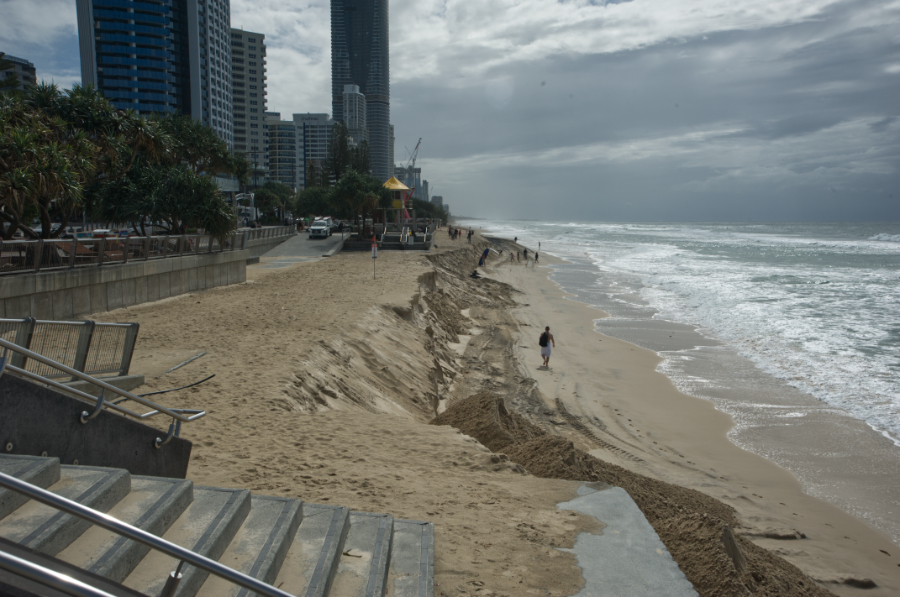
Imagine the force needed to remove this much sand. The base of the steps was the height before the storm
Australia has some very weird animals, many are indigenous to just Australia. Seeing Koalas, emus, and kangaroos is wonderful, but every day it seems like we are amazed by the critters here. As an example, Rainbow Lorikeets are some of the prettiest birds we’ve seen on our travels. Each morning, as I did the crossword on the balcony of our rental unit, enjoying a big mug of English Breakfast tea, some of these colorful birds would hang out to say hello.
